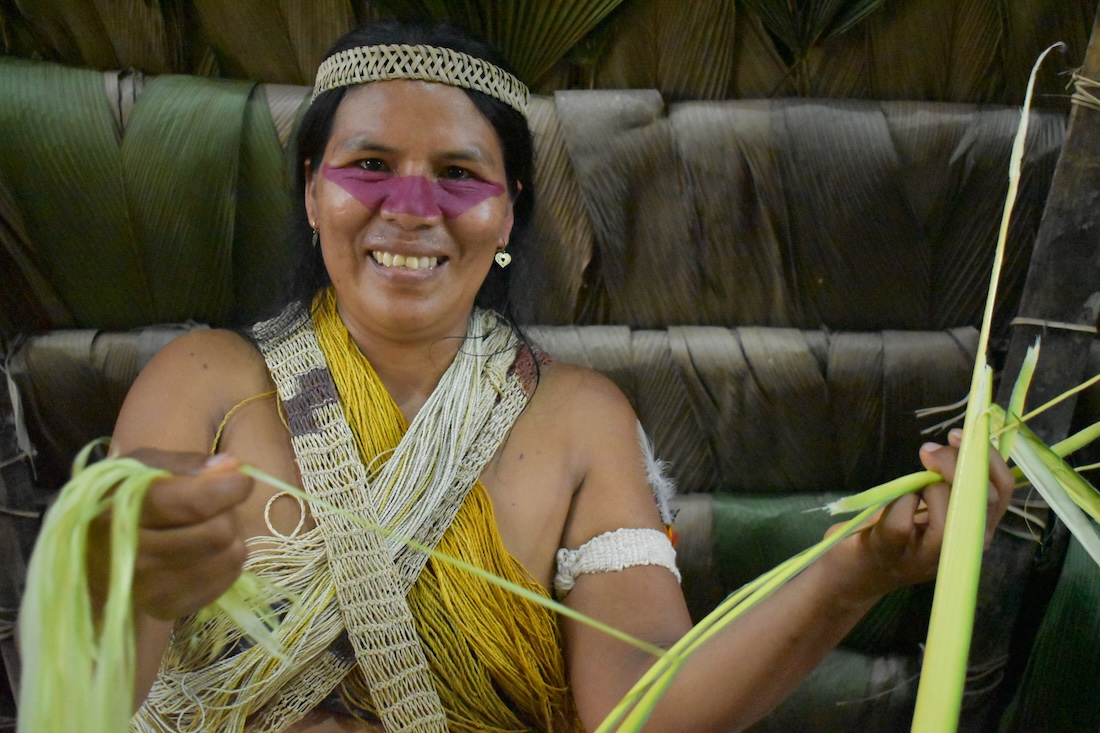
What does it take to turn climate ambition into real change--especially in complex sectors like Agriculture, Forestry and Other Land Uses (AFOLU)?
Our regional stocktake reveals the barriers, gaps, and opportunities shaping how countries implement their Nationally Determined Contributions (NDCs) in agriculture, forestry, and land use.
Why AFOLU Matters
The AFOLU sector accounts for 42 percent of net greenhouse gas emissions in Latin America and the Caribbean. It is both a major source of emissions and a critical pathway for climate solutions, encompassing sustainable agriculture, forest conservation and nature-based approaches that safeguard biodiversity and livelihoods.
Despite its importance, AFOLU remains underfunded, underreported and often overlooked. Unlocking its full potential requires targeted investment, inclusive governance and stronger integration into national climate strategies.
What’s working—and what’s holding us back
1. Climate finance is the most cited barrier.
• Costing gaps: Many countries lack the tools to accurately estimate the costs of AFOLU mitigation and adaptation measures. Without reliable numbers, it’s hard to mobilize funding.
• Conditionality: Over 80 percent of updated NDCs in the region include AFOLU targets, but many depend on international support. Countries like Dominica and Belize have made AFOLU goals conditional on external funding.
• Eligibility paradox: Several Caribbean nations are classified as high-income and excluded from concessional finance, despite high vulnerability to climate impacts.
• Emerging instruments: Innovative tools like Uruguay’s Sovereign Sustainability-Linked Bond and Loan offer promising models. These instruments tie financial incentives to climate performance, such as maintaining native forest cover or reducing methane emissions from livestock.
• Carbon markets and REDD+ have potential but need improved cost-effectiveness and market readiness, and to ensure fair benefits for Indigenous Peoples and local communities.
Finance must be more accessible, predictable and tailored to implementation realities.
2. Capacity building is often fragmented and underfunded.
• Monitoring: Countries like Uruguay, El Salvador, and Guatemala are developing or expanding Measuring, Reporting and Verification (MRV) systems to track AFOLU progress. These systems are critical for transparency and accountability, but many remain vulnerable to funding gaps, cyberattacks and technical failures.
• Coordination challenges: AFOLU spans multiple ministries and stakeholders. Without clear legal frameworks and institutional arrangements, efforts risk duplication or stagnation. Platforms like +Clima offer replicable models.
• Data gaps: Reliable data for land-use change, livestock and forest inventories is scarce. Countries often lack the capacity to collect and analyze satellite imagery or track changes over time.
Capacity building must be long-term, cross-sectoral, and embedded in national systems.
3. Technology needs are rarely specified.
• Unclear demands: Few countries specify technology needs in NDCs. Colombia stands out, having identified 41 specific needs for adaptation, including climate-resilient crops, irrigation systems, and remote sensing tools.
• Access barriers: Small island states face affordability and deployment barriers.
• Transfer: Technology transfer must include training, adaptation to local contexts, and integration into national planning—not just equipment delivery.
Technology strategies should be explicit, costed and support mitigation and adaptation.
4. Adaptation is gaining ground but tracking progress remains difficult.
• Early warning systems: Mexico and Nicaragua are advancing efforts to strengthen early warning systems, and Belize is piloting storm surge detection to enhance climate preparedness.
• Indicators: Unlike mitigation, standardized metrics for adaptation are still evolving. Countries are experimenting with resilience indicators, but more work is needed to capture co-benefits and long-term impacts.
• Reporting flexibility: The Enhanced Transparency Framework allows countries to report qualitatively or use simplified indicators, crucial for countries with limited data.
Adaptation must be elevated to equal footing with mitigation, with dedicated finance, data systems, and policy support.
Nature-based solutions: A bright spot
The rise of ecosystem-based adaptation and nature-based solutions is promising. Mangrove rehabilitation in Central America and the Caribbean offers carbon storage, storm protection, and biodiversity benefits. Mexico’s Blue Carbon Strategy and Guatemala’s community-led mangrove projects are leading examples. These efforts not only reduce emissions but also enhance food security, protect livelihoods, and build resilience, and should be mainstreamed into NDCs, National Biodiversity Strategy and Action Plan (NBSAPs) and national development plans.
From Ambition to Implementation
Ambition alone won’t get us to 1.5°C. Countries need:
• Better planning and costing tools to translate NDC goals into actionable budgets and timelines.
• Inclusive governance frameworks bringing together ministries, civil society and the private sector.
• Private sector engagement beyond emissions reporting, through investment, innovation and partnerships.
• Robust MRV systems resilient to funding and political shifts.
Above all, we need to listen to farmers, Indigenous Peoples, women, youth, and local communities – those already leading climate action on the ground.
With practical insights and real-world examples, the report is designed to help you turn AFOLU ambition into impact. Whether you’re shaping policy, funding solutions, or driving change on the ground, we invite you to use it to strengthen your strategy and spark collaboration.

